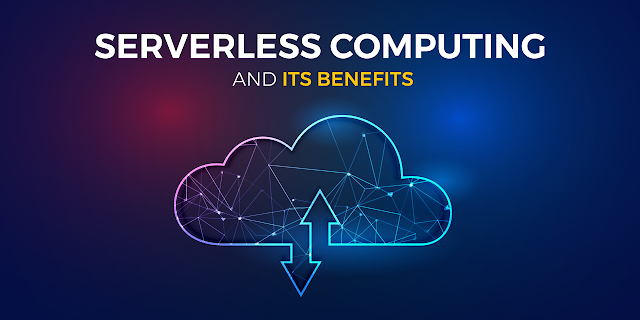Serverless Computing: The Benefits and Drawbacks of Function-as-a-Service
Serverless computing, a subset of cloud computing, has gained significant traction in recent years. It offers a unique approach to application development, where developers can focus on writing individual functions or pieces of code without having to manage underlying infrastructure. This concept, often referred to as Function-as-a-Service (FaaS), has revolutionized how applications are built and deployed.
How Does Serverless Computing Work?
In a serverless environment, developers write functions that are triggered by events, such as HTTP requests, database changes, or scheduled tasks. When an event occurs, the FaaS platform automatically provisions the necessary resources to execute the function, scales it to handle the workload, and then releases the resources when the function completes. This dynamic nature eliminates the need for developers to worry about server management and provisioning.
Benefits of Serverless Computing
- Reduced Costs: One of the primary advantages of serverless computing is cost-efficiency. Developers only pay for the resources consumed during function execution, making it ideal for applications with intermittent or unpredictable workloads.
- Scalability: Serverless platforms can automatically scale functions to handle varying levels of traffic, ensuring that applications can handle spikes in demand without compromising performance.
- Increased Developer Productivity: By eliminating the overhead of managing infrastructure, serverless computing allows developers to focus on writing code and building features. This can lead to faster development cycles and increased productivity.
- Improved Reliability: Serverless platforms typically have built-in fault tolerance and redundancy, making applications more resilient to failures.
- Simplified Operations: Serverless computing can significantly reduce the operational burden on IT teams. There's no need to manage servers, patches, or updates, leading to lower maintenance costs and reduced complexity.
Drawbacks of Serverless Computing
- Vendor Lock-in: While serverless platforms offer many benefits, they can also lead to vendor lock-in. Switching between different providers can be challenging and may involve significant costs.
- Cold Starts: When a function is invoked for the first time after a period of inactivity, it may experience a cold start, which can lead to slightly longer response times.
- Limited Control: In a serverless environment, developers have less control over the underlying infrastructure. This can be a limitation for applications with specific performance or security requirements.
- Debugging Challenges: Debugging serverless functions can be more complex than debugging traditional applications due to the ephemeral nature of the execution environment.
- Cost Optimization: While serverless computing can be cost-effective, it's essential to optimize function execution and avoid unnecessary resource consumption to maximize savings.
Use Cases for Serverless Computing
Serverless computing is well-suited for a wide range of applications, including:
- Web APIs: Building RESTful APIs that can handle varying traffic loads without requiring constant infrastructure management.
- Event-Driven Applications: Processing events from various sources, such as IoT devices, social media feeds, or database changes.
- Batch Processing: Executing data processing tasks on a scheduled basis or in response to specific triggers.
- Real-time Applications: Building applications that require low-latency responses, such as chatbots or real-time analytics.
In conclusion, serverless computing offers a compelling alternative to traditional infrastructure management. While it has its limitations, the benefits in terms of cost, scalability, and developer productivity make it a viable option for many modern applications. As the technology continues to evolve, we can expect even more innovative use cases and advancements in the serverless landscape.

